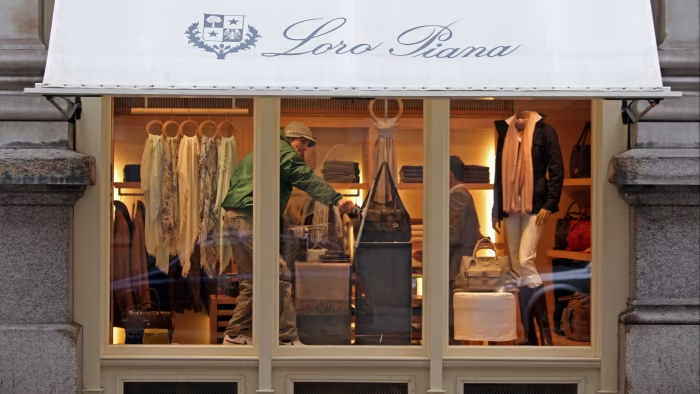Loro Piana’s Luxury Tarnished: Italian Court Acts on Exploitation Claims

Setting the Scene
Loro Piana, LVMH’s cashmere jewel, has been placed under judicial administration in Milan for a year after a court uncovered serious labor abuses in its production chain . This follows similar actions taken against several other Italian luxury houses.
Severe Labor Violations
The court found that contractors—managed via two shell companies—operated Chinese‑owned workshops in Italy with deplorable conditions. Workers, many undocumented, endured 90‑hour weeks, minimal pay, forced cohabitation in factory spaces, and physical assault when demanding wages.
Systemic Oversight Gaps
Despite signing oversight accords and sourcing pledges, Loro Piana and others failed to enforce standards. The court deemed the exploitation a widespread manufacturing method, not an isolated incident .
Administrator’s Role
A court-appointed administrator must overhaul Loro Piana’s supplier management, ensure worker legal compliance, and enforce labor norms. The regime may be lifted early upon success—mirroring outcomes for Dior and Armani .
Luxury Sector at a Crossroads
Italy’s luxury supply chains account for over 50% of premium global apparel. Yet frequent labor abuses—despite audits—suggest audit systems are perfunctory and unannounced reviews ineffective .
Voices from the Ground
Reddit users reacting to past Dior violations highlighted a disquieting trend:
“Safety devices on machines were removed so operations could go faster… employees slept at their workplace just to ensure they were available 24 hours a day.”
Such revelations undermine luxury’s moral cachet even when brands escape criminal charges.
Key Watchpoints
- Supply‑chain reform: Will Loro Piana move beyond lip service to tangible protections?
- Investor vigilance: ESG‑focused investors may increase pressure on LVMH and peers.
- Regulatory momentum: Will courts extend similar measures to other fashion brands?
Final Take
Loro Piana’s predicament marks a troubling moment: luxury and exploitation are colliding. The brand now faces more than reputational damage—it holds a litmus test in reforming Italian artisanal production.




